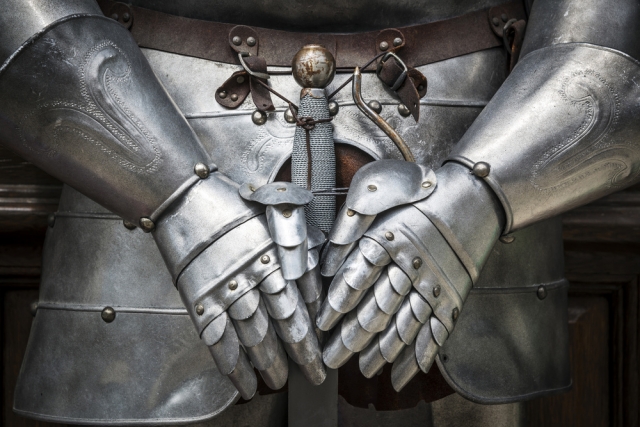Did your ancestor fight in the Hundred Years War?

If you’ve ever wondered whether your ancestors served as a medieval soldier in the Hundred Years War, a newly launched website from historians at the universities of Southampton and Reading may have the answer.
The names of over 3,500 French soldiers linked to the Battle of Agincourt (1415) have been added to www.medievalsoldier.org, to join the quarter of a million already available for English armies who fought in a number of campaigns, including Agincourt– forming what’s believed to be the largest database of medieval people in the world. This latest stage of the Soldier in Later Medieval England project has been supported by the charity Agincourt 600 and by the Universities of Reading and Southampton.
Professor Anne Curry, project Director and Dean of Humanities at the University of Southampton, says: “It is fitting that this new resource has been made available following the major 600th anniversary commemorations of Agincourt in 2015, in which our University played a key role. The Medieval Soldier website has already proved an invaluable resource for genealogists and people interested in social, political and military history. This new data will help us to reach out to new users and shed fresh light on the Hundred Years War.”
Of the thousands of French soldiers added to the new website, 550 were killed on the battlefield. Research by Southampton’s Dr Rémy Ambühl has also shown over 300 were taken prisoner and held for ransom.
Professor Adrian Bell, fellow project Director and Head of the ICMA Centre, Henley Business School at the University of Reading, comments: “Our newly developed interface interrogates sources found in many different archive repositories in England and France. Without our site, searching for this information would require many visits to the National Archives of both England and France, the British Library and Bibliothèque nationale and all of the Archives Départementales in Normandy.”
The Medieval Solider website was first launched in 2009, resulting from a three year research project funded by the Arts and Humanities Research Council (AHRC). Names of soldiers were sourced from archive collections of muster rolls used to audit pay during military campaigns and from evidence of letters of protection, which soldiers bought from the Chancery to prevent legal actions whilst they were absent from home.
Now refreshed and given a new search interface by Russian postdoctoral fellow Dr Aleksandr Lobanov, the website brings together three separate databases to make them searchable as a single resource. In addition to the names of the French soldiers recently added, the database now also contains details of geographical origins of soldiers and locations of their service – enabling the local life of the medieval soldier to be illuminated more fully. People can search by surname, rank, or year of service.
For example, Professor Bell was pleased to find 58 ‘Bells’ on the database, including a John Bell from Chatham serving in Calais in 1414 and again with the royal household on the Agincourt campaign.
The site provides biographies of all English captains of 1415 and further insights into the Battle of Agincourt, which was commemorated extensively in the UK and France last year.
For further information contact:
Peter Franklin, Media Relations, University of Southampton, Tel: 023 8059 5457, email: p.franklin@southampton.ac.uk

